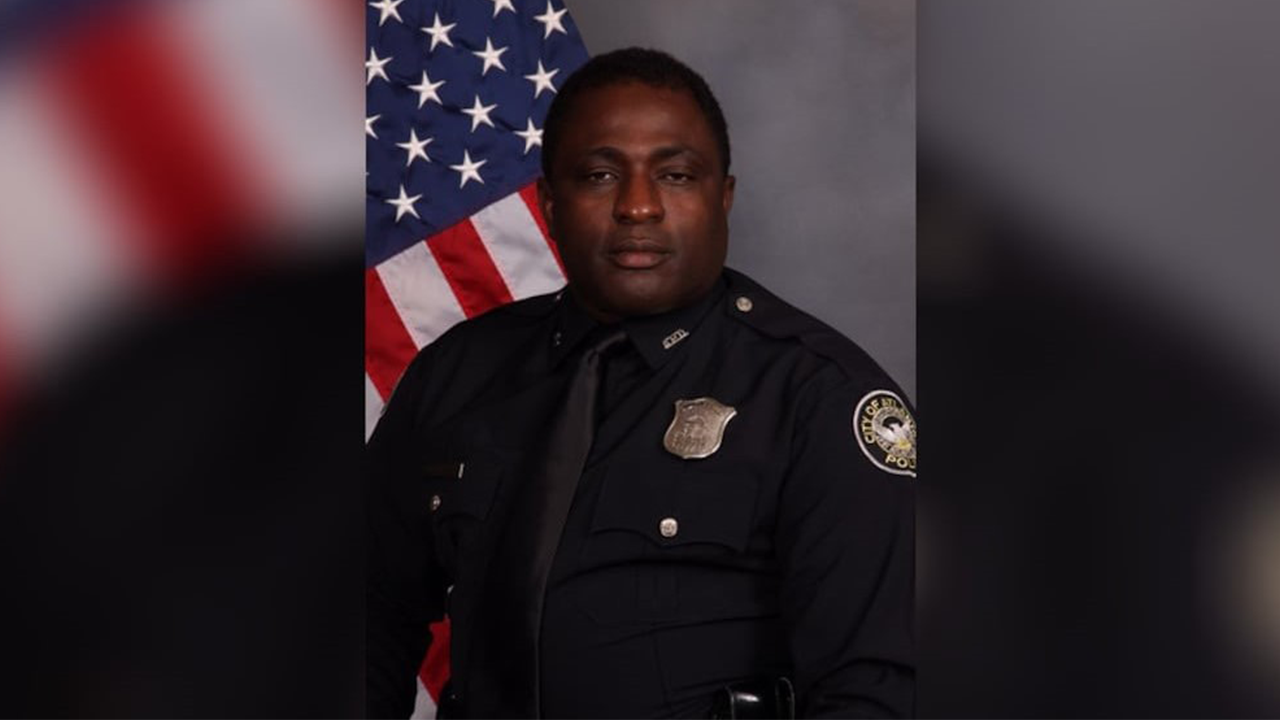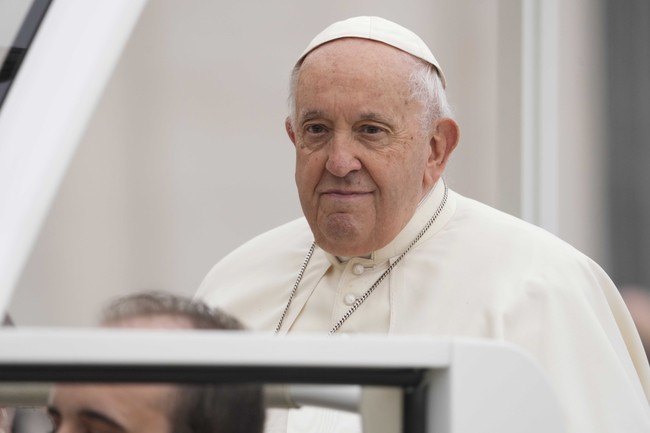Capt. Chesley “Sully” Sullenberger, the legendary pilot who saved 155 lives with his “Miracle on the Hudson” landing, shared his thoughts on the horrific collision over Washington, D.C., that left 67 people dead, as reported by The New York Post.
While emphasizing that modern air travel is “exceptionally safe,” he acknowledged the unique challenges of flying at night and suggested there may be lessons to learn from the tragedy.
In an interview with The New York Times, Sullenberger reflected on how aviation safety has evolved, often through tragic experiences.
“We’ve had to learn important lessons literally with blood too often, and we had finally gotten beyond that, to where we could learn from incidents, and not accidents.”
Celebrate Trump’s Historic 2024 Victory with the Exclusive Trump 47th President Collection!
His comments come after an American Airlines jet, carrying 64 passengers and crew, crashed into an Army Black Hawk helicopter with three soldiers on board.
Sullenberger pointed out that nighttime flying creates additional difficulties. “Nighttime always makes things different about seeing other aircraft — basically all you can do is see the lights on them,” he explained.
“You have to try to figure out: Are they above you or below you? Or how far away? Or which direction are they headed? Everything is harder at night.”
The collision occurred near Ronald Reagan Washington National Airport, a location that presents its own set of challenges. The airport, built in the 1930s, has short runways and is notorious for its dense air traffic.
“It hasn’t changed much since [the 1930s],” Sullenberger noted. “Of course, we’ve added technology to it. But a lot of the technology is old.” He also speculated that ground lights over the Potomac River might have further complicated visibility for the pilots involved.
Surveillance footage from the airport captured the devastating moment when the American Airlines jet struck the military helicopter while landing.
New DC plane crash videos obtained by CNN. pic.twitter.com/ltp10nzj5H
— Paul A. Szypula 🇺🇸 (@Bubblebathgirl) January 31, 2025
The violent collision broke the plane apart, sending both aircraft plunging into the frigid waters of the Potomac late Wednesday night. Emergency crews rushed to the scene, but tragically, there were no survivors.
The National Transportation Safety Board (NTSB) has since recovered the “black boxes” from the wreckage and is analyzing cockpit and flight data to determine what went wrong.
Recovery teams continue working to retrieve bodies and debris, a grim reminder of the dangers that still exist despite aviation’s technological advancements.
This catastrophe is certain to raise new concerns about air traffic safety, particularly in congested urban areas.
While Sullenberger stressed that aviation remains one of the safest modes of transportation, this tragedy underscores the reality that no amount of modern technology can eliminate human error and unpredictable conditions.
As authorities continue their investigation, Americans are once again reminded of the sacrifices made by those in the aviation industry, from commercial pilots to military personnel, who navigate these dangers every day.
Read the full article here


![Hero Pilot Sully Sullenberger Reacts to Fatal DC Plane Crash [WATCH] Hero Pilot Sully Sullenberger Reacts to Fatal DC Plane Crash [WATCH]](https://www.lifezette.com/wp-content/uploads/2025/01/2025.01.31-02.45-lifezette-679ce219cfe9b.jpg)


![Dem Judge Resigns After ICE Arrests Illegal Alien Gang Banger Living in His Home [WATCH] Dem Judge Resigns After ICE Arrests Illegal Alien Gang Banger Living in His Home [WATCH]](https://www.lifezette.com/wp-content/uploads/2025/04/2025.04.21-05.32-lifezette-6806814153752.jpg)



![DeMS-13 Sen Van Hollen’s Weekend Press Tour Turns into a Disaster [WATCH] DeMS-13 Sen Van Hollen’s Weekend Press Tour Turns into a Disaster [WATCH]](https://www.lifezette.com/wp-content/uploads/2025/04/2025.04.15-01.25-lifezette-67fe5e38a6ab7.jpg)
